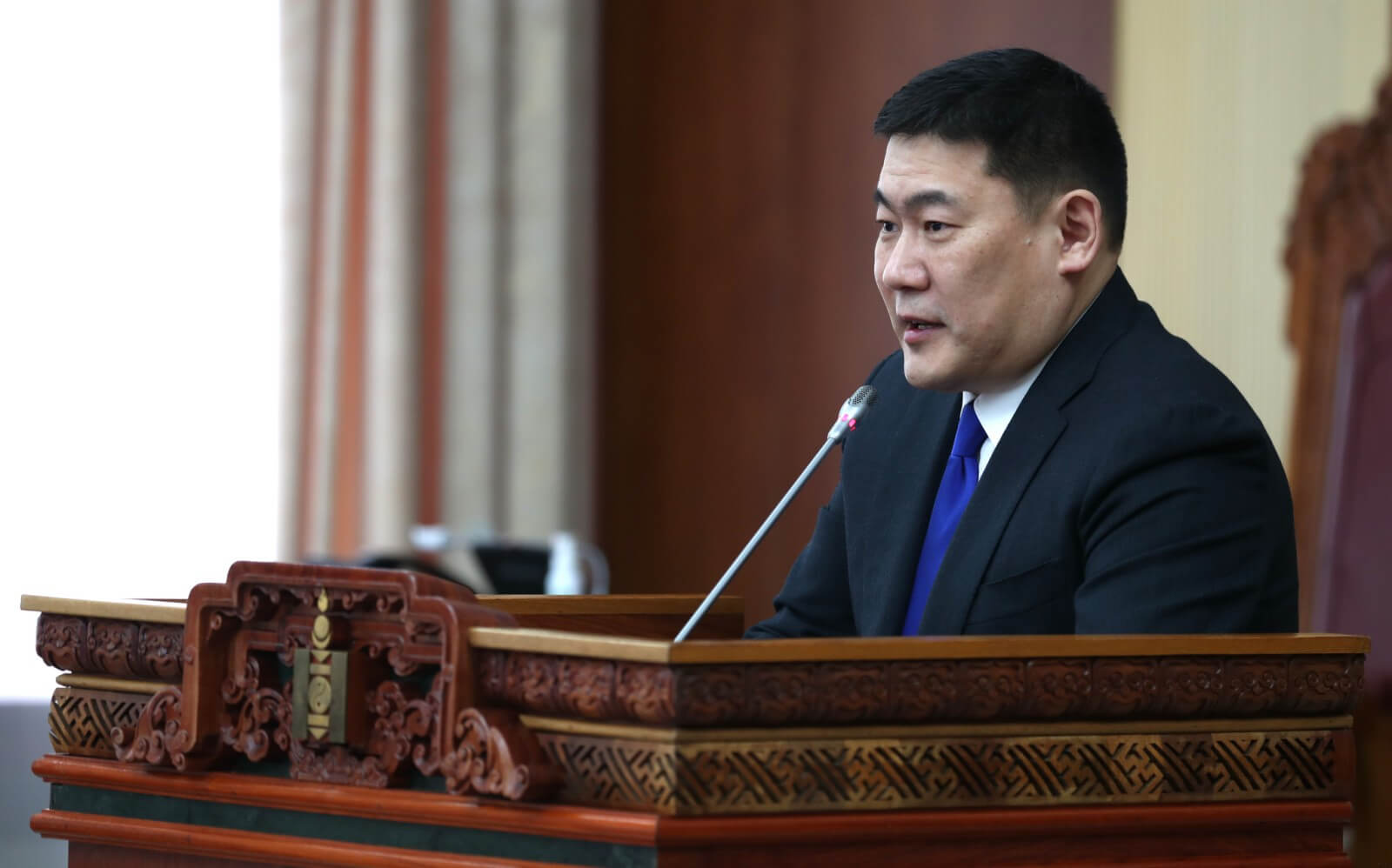The Russian economy has been at an impasse since the door it had hoped would compensate for the damage caused by sanctions on energy exports was recently almost entirely closed.
As one of its first actions after taking office in July, Mongolia's new government decided not to include the construction of the Power of Siberia 2 gas pipeline through its territory in its economic plans until 2028.
Around 960 kilometres of the 2,600-kilometer-long gas pipeline from the Russian Arctic Yamal gas field to China were planned to run through Mongolia.
The new government of national unity has thus placed an almost insurmountable obstacle in the way of the project to transport Russian natural gas to China. Russia had hoped that this major corridor would compensate for the loss of its largest market, the one in Europe.
High expectations
The Power of Siberia 2 gas pipeline's projected capacity is 50 billion cubic meters of gas per year, which corresponds to just over a third of total Russian exports to Europe in the period before the Russian invasion of Ukraine and the introduction of European sanctions.
Moscow had high expectations for this project, which its state energy giant Gazprom was to implement. In May, Alexander Novak, the deputy prime minister of the Russian government and Putin's primary energy advisor, announced the signing of a contract with China for the construction of Power of Siberia 2 "in the near future."
Moscow has limited alternatives to repair the harm European sanctions have inflicted on its energy sector
The Kremlin also raised expectations that Vladimir Putin's visit to Beijing last May would lead to the conclusion of a strategic agreement, but this did not happen, and there was no explanation as to whether any talks about this mega-project took place.
Beijing has not responded to Russia's high expectations for this deal with the same enthusiasm, especially given that Russia has experienced difficulties with its gas exports as a result of the aggression against Ukraine.
Although Moscow has limited alternatives to repair the harm European sanctions have inflicted on its energy sector, besides increased deliveries to China, Beijing has always considered this as just one of several options.
Chinese calculation
One of the reasons for Power of Siberia 2's slow progress is China's condition to purchase gas at Russian domestic prices, which leaves Gazprom no room for profit. China has also lowered Russia's ambitions by promising to buy only a portion of the future gas pipeline's supplies.
Incidentally, the Russian state-owned energy giant is going through a very difficult time, recording its first loss since 1999 of $7 billion last year and almost as much—around $5.6 billion—in the first half of this year.
Therefore, the large-capacity gas pipeline, intended for Chinese consumers, is viewed as a solution for the struggling state energy sector, which also happens to be Russia's largest export item.
Russia has virtually no negotiating power with China, as Beijing is well aware. So, even if Power of Siberia 2 is finally dead after the Mongolian blockade, it will not mean the end of the world for Beijing.
One of the alternatives that China relies on is the Line D gas pipeline, which will deliver gas from Turkmenistan
"The Chinese are in a position to bargain because they have a diversity of supply. They are interested in getting cheap gas, and there is nothing to stop them from negotiating a very hard bargain," said John Lough, associate fellow at Chatham House’s Russia and Eurasia Programme.
China has been reducing its consumption of fossil fuels at the expense of renewable sources, relying more on LNG imports, and generally trying to diversify its energy suppliers.
One of the alternatives that China relies on is the Line D gas pipeline, which will deliver gas from Turkmenistan with a capacity of about 30 billion cubic meters per year.
It is the fourth pipeline through which China procures gas from Central Asia, and its characteristics are much more favourable for China than the project with Russia; it is much shorter, and its construction and exploitation are under Chinese companies' full control.
Mongolia's pragmatic position
The Mongolian government's decision may not completely seal the fate of the Russian-Chinese gas pipeline Power of Siberia 2, but serious talks about its revitalisation before 2028 are not realistic.
With this decision, the Mongolian government has clearly distanced itself from Russia and moved closer to Chinese interests, upsetting its traditional political and economic balance between the two large neighbours.
 The government in Ulaanbaatar has been searching for ways to diversify its economic exchanges with the world and reduce the influence of China - PM Oyun-Erdene Luvsannamsrai
The government in Ulaanbaatar has been searching for ways to diversify its economic exchanges with the world and reduce the influence of China - PM Oyun-Erdene Luvsannamsrai
Most importantly, Mongolia's decision is pragmatic and shows its ambitions to better protect its own interests in the future, influenced by geopolitics.
The government in Ulaanbaatar has been searching for ways to diversify its economic exchanges with the world and reduce the influence of China, to which almost 90% of its exports now go.
Its "third neighbour" strategy aims to strengthen relations with Western economies in order to reduce its dependence on trade with its two large neighbours, Russia and China.
Exploiting mineral resources generates 90% of Mongolia's exports and a quarter of its budget revenues, so the country wants to participate as much as possible in the growing race for mineral resources.
It has therefore concluded memoranda of understanding with South Korea and then with the US government on cooperation in the supply chains for critical materials, while last October it reached an agreement with France on the exploitation of uranium worth $1.7 billion starting in 2028.